Background on Environmental Engineering for Air Emissions
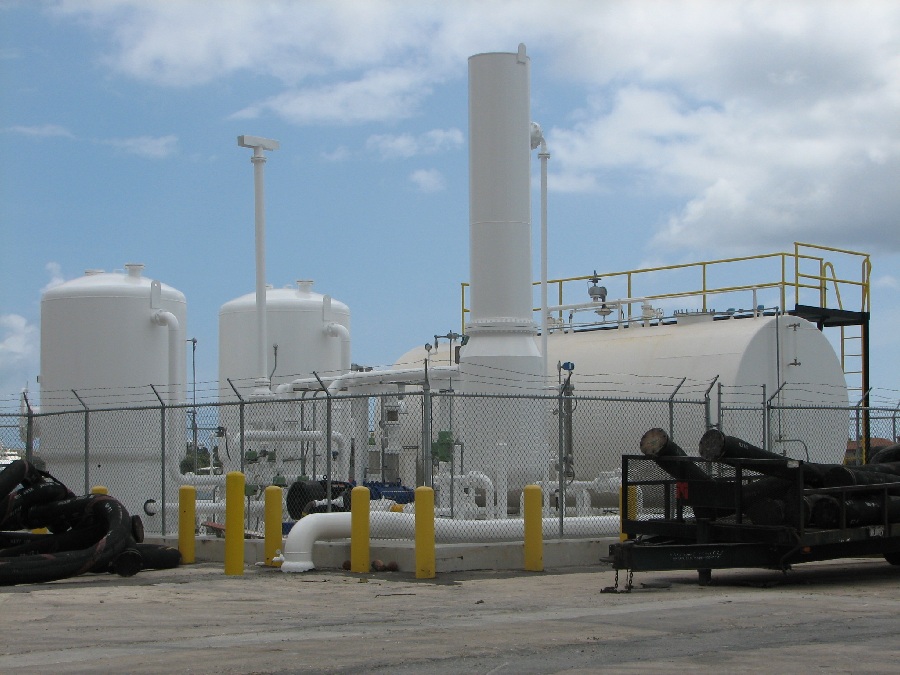
In three previous papers we dealt with an overview of environmental engineering, industrial wastewater permits, and industrial wastewater environmental engineering. In this paper, we will discuss environmental engineering required to address air emissions to the outside environment.
To explain further, these emissions to the outside environment result from manufacturing and industrial operations. And, these emissions fall into two categories of emissions. Firstly, emissions can come from one point source such as a smoke stack. Secondly, emissions can come from a non-point source. Thuse, these are fugitive emissions. In further explanation, these fugitive emissions result from processes typically inside a building or in an outside designated area.
Environmental Engineering and the Air Engineer
Environmental engineering and the Air Engineer are critical to the process. Firstly, the engineer determines the best reasonably achievable control technology to minimize the emissions to the environment outside of the facility. The engineer does this by designing, testing, and adjusting the controls. This is the engineering component. Secondly, the engineer is the other component. In Florida, a Florida licensed Professional Engineer (P.E.) signs and seals applications for Title V Air permits and Federally Enforceable State Operating Permits (FESOPs). A P.E. in Florida limits his or her services to areas that he or she has the required education, training, and experience. This Air Engineer knows emissions and has the experience to provide consulting services in the air emissions area.
Identify the Pollutants in the Air Emissions
To engineer the air emissions controls, the engineer has to know the process generating the emissions. Firstly, the environmental engineer must review the raw materials, the industrial or manufacturing process, the resultant air emissions, and the control options. Following are a few pollutants which may be of concern:
- Particulate Matter (physical particles or dust)
- Nitrogen Oxides
- Sulfur Dioxide
- Carbon Monoxide
- Volatile Organic Compounds (VOCs)
- Ozone
- Lead
All of these except VOCs are criteria air pollutants established by the U.S. Environmental Protection Agency (EPA). Each type of pollutant may require a different environmental engineering design to remove or reduce it before being emitted to the outside environment.
Cleanup is the Goal of Air Emissions Permits
The goal is to clean up the air so the pollutants are eliminated or below State standards prior to emission. These standards are thresholds for public health concerns. If the pollutants are below these criteria, there is not a public health concern, but there still may be a concern for unborn babies (pregnant women), children, the elderly, and individuals with certain lung conditions, such as emphysema, asthma, chronic obstructive pulmonary disease (COPD), etcetera.
Design the Air Emissions Control
The control design is selected to address the pollutants. Following are a few examples:
- Alternative raw materials
- Industrial process modifications
- Filters (cloth, baghouses)
- Cyclones (gravitational)
- Air scrubbers
- Precipitators (electrostatic)
- Equipment maintenance and cleaning
Role of Engineer for Air Emissions Permits
What is the role of the Air Engineer? Firstly,the engineer reviews the industrial process, including materials and chemicals, generating the air emissions. After that, the engineer evaluates several control design options. So, the engineer runs calculations to determine the best most cost-effective control. After that, the engineer prepares and submits the air permit application to FDEP and, if required, the County. Then, the engineer provides additional information requested by the FDEP and County. Once the regulatory agencies are satisfied, the engineer reviews the permit to make sure that it meets good engineering practice and is manageable for the client. And, if requested, the engineer monitors the treatment process in light of the permit conditions.
Conclusion
So there is a discussion of air emissions environmental engineering and what the environmental engineer’s role is! For further assistance, Environmental Safety Consultants (www.escflorida.com) is here. ESC is a Florida licensed environmental engineering company with a P.E. on staff. We have the credentials and experience to help you with your air emissions permit needs. We service Bradenton, Sarasota, St. Petersburg, Clearwater, Tampa, and Fort Meyers. That includes Manatee, Pinellas, Hillsborough, Lee and other counties from Pensacola (Escambia County) to Key West (Monroe County). So, Contact ESC and get a reply promptly!


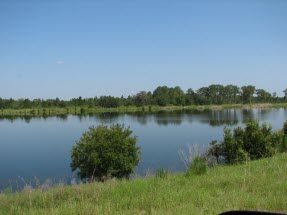 industrial wastewater. To explain, this is the engineering required to treat wastewater so it does not pollute surface waters, or so it is within tolerable limits and virtually has no impact. And so, environmental engineering determines the best reasonably achievable control technology to treat wastewater. To accomplish this, the environmental engineer designs, tests, and adjusts the treatment process.
industrial wastewater. To explain, this is the engineering required to treat wastewater so it does not pollute surface waters, or so it is within tolerable limits and virtually has no impact. And so, environmental engineering determines the best reasonably achievable control technology to treat wastewater. To accomplish this, the environmental engineer designs, tests, and adjusts the treatment process.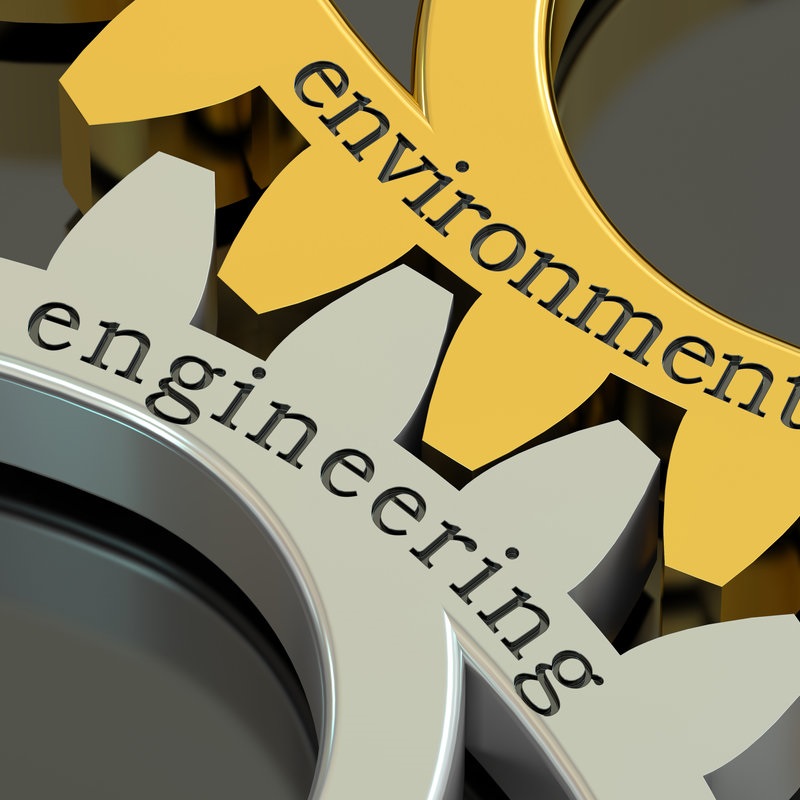
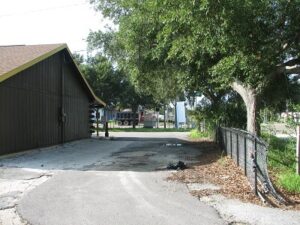 Forget the bank! As the buyer, you exercise your due diligence to check out other aspects of the property – title, back taxes, infringements, rights-of-way, utilities, building systems, structural integrity of the building, and probably many more things. But you don’t want to know if there is a solvent plume under the building? Something like that can sicken occupants from what is known as vapor intrusion. But, you say, “The building is in great condition and in good repair, that vapor intrusion situation is highly unlikely.” On the contraire, it is highly likely. There are always cracks, crevices, and breaches that vapors can follow into the building. And how about that expensive addition you are going to make? It may get much more expensive or become impossible when you attempt to deal with the contamination beneath the building.
Forget the bank! As the buyer, you exercise your due diligence to check out other aspects of the property – title, back taxes, infringements, rights-of-way, utilities, building systems, structural integrity of the building, and probably many more things. But you don’t want to know if there is a solvent plume under the building? Something like that can sicken occupants from what is known as vapor intrusion. But, you say, “The building is in great condition and in good repair, that vapor intrusion situation is highly unlikely.” On the contraire, it is highly likely. There are always cracks, crevices, and breaches that vapors can follow into the building. And how about that expensive addition you are going to make? It may get much more expensive or become impossible when you attempt to deal with the contamination beneath the building.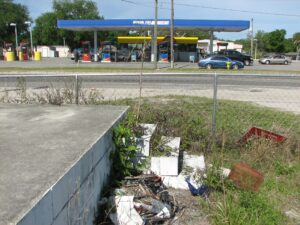 Let’s use the gas station example. A gas station today is not necessarily a gas station yesterday. In the 1950’s to mid-1970’s, a gas station was normally a full service station, not the convenience store that sells gasoline and diesel fuel today. Not only did they sell fuel from underground storage tanks, but they quite often dumped used oil, chlorinated carburetor cleaner, and other petroleum based wastes into a used underground storage tank. And, yes, those tanks leaked just like the fuel tanks. At the end of the day, they often hosed down the floor of the repair shop and squeegeed it out the door onto the pavement, grass, dirt, road, and storm drains. Oh, by the way, they also had hydraulic oil tanks underground for the lifts, which also leaked.
Let’s use the gas station example. A gas station today is not necessarily a gas station yesterday. In the 1950’s to mid-1970’s, a gas station was normally a full service station, not the convenience store that sells gasoline and diesel fuel today. Not only did they sell fuel from underground storage tanks, but they quite often dumped used oil, chlorinated carburetor cleaner, and other petroleum based wastes into a used underground storage tank. And, yes, those tanks leaked just like the fuel tanks. At the end of the day, they often hosed down the floor of the repair shop and squeegeed it out the door onto the pavement, grass, dirt, road, and storm drains. Oh, by the way, they also had hydraulic oil tanks underground for the lifts, which also leaked.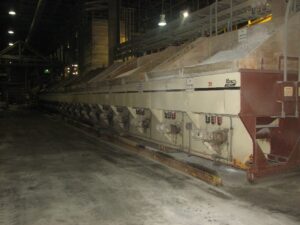 first and as a last resort personal protective equipment (PPE). Why is PPE considered a last resort? Because it is the last line of defense. If it fails, your workers may be ex-posed to hazardous airborne concentrations. Therefore, OSHA prefers that the hazard be eliminated or reduced to a level that is either nonhazardous or is as low as reasonably achievable.
first and as a last resort personal protective equipment (PPE). Why is PPE considered a last resort? Because it is the last line of defense. If it fails, your workers may be ex-posed to hazardous airborne concentrations. Therefore, OSHA prefers that the hazard be eliminated or reduced to a level that is either nonhazardous or is as low as reasonably achievable.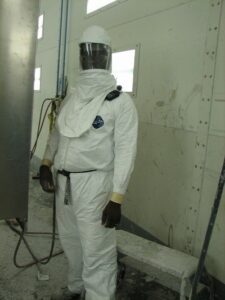 Assuming that you are in charge of Safety, you need to control the selection and must make sure that the players understand the objective. You want to be clear and concise. For example, you may advise the players that our objective is to determine if our painters applying the primer and finish coats are being overexposed to methylene chloride. They spray the paints off and on for a total of six hours during their eight hour shift five days a week. We have exhaust ventilation in the paint spray booths and they wear full facepiece air purifying respirators equipped with organic vapor filters piggybacked with particulate filters. Assuming the respirators have the proper protection factor, what are they exposed to if the respirator fails or they do not don it properly? We want to know what the airborne methylene chloride concentration is on an eight hour time weighted average (TWA) basis and on a fifteen to thirty minute short-term basis. Does it exceed the limits of OSHA (
Assuming that you are in charge of Safety, you need to control the selection and must make sure that the players understand the objective. You want to be clear and concise. For example, you may advise the players that our objective is to determine if our painters applying the primer and finish coats are being overexposed to methylene chloride. They spray the paints off and on for a total of six hours during their eight hour shift five days a week. We have exhaust ventilation in the paint spray booths and they wear full facepiece air purifying respirators equipped with organic vapor filters piggybacked with particulate filters. Assuming the respirators have the proper protection factor, what are they exposed to if the respirator fails or they do not don it properly? We want to know what the airborne methylene chloride concentration is on an eight hour time weighted average (TWA) basis and on a fifteen to thirty minute short-term basis. Does it exceed the limits of OSHA ( The specific industrial hygiene testing depends on the source of the hazard and the operation. In general, the first step is to define the objective of the testing. For example, the objective may be to determine if there is an oxygen deficient atmosphere in a chemical vat during a cleanout operation. Details are needed on the operation to establish the testing approach. For the vat example, the operation may involve two maintenance employees who clean out the vat during a four hour period once a week. The vat is emptied and dried out on Friday. On Monday, the two employees are lowered down into the vat after donning personal protective equipment. They use absorbent cleaning towels and an innocuous cleaner. The next step is to determine how the objective will be met.
The specific industrial hygiene testing depends on the source of the hazard and the operation. In general, the first step is to define the objective of the testing. For example, the objective may be to determine if there is an oxygen deficient atmosphere in a chemical vat during a cleanout operation. Details are needed on the operation to establish the testing approach. For the vat example, the operation may involve two maintenance employees who clean out the vat during a four hour period once a week. The vat is emptied and dried out on Friday. On Monday, the two employees are lowered down into the vat after donning personal protective equipment. They use absorbent cleaning towels and an innocuous cleaner. The next step is to determine how the objective will be met.
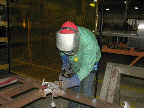 Another option for an operation that is established and being used is to monitor the complaints or adverse health conditions. Then those are compared to potential health impairments identified on the Safety Data Sheet. This may actually tell you what the constituent of most concern is. Take note that we are not recommending this approach since it can put workers at unacceptable risk. However, we have had enough years in the field that tell us processes are often established and used regularly without the proper evaluation.
Another option for an operation that is established and being used is to monitor the complaints or adverse health conditions. Then those are compared to potential health impairments identified on the Safety Data Sheet. This may actually tell you what the constituent of most concern is. Take note that we are not recommending this approach since it can put workers at unacceptable risk. However, we have had enough years in the field that tell us processes are often established and used regularly without the proper evaluation.